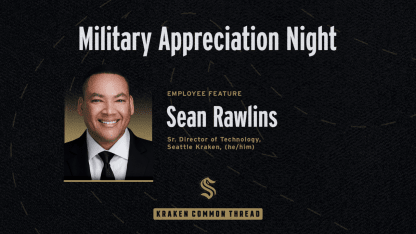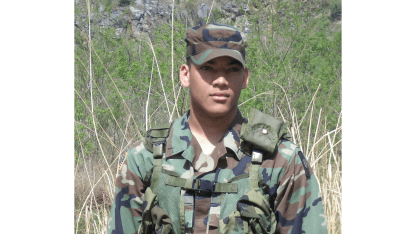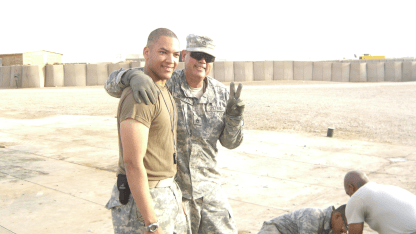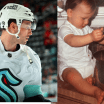Three Tours Overseas
Rawlins’ first tour in Asia was actually in South Korea, where he served alongside soldiers from the KATUSA (Korean Augmentation to the U.S. Army) Solider Program established in 1950 to supplement American fighting forces with Republic of Korea (ROK) soldiers just after the outbreak of the Korean War. It has remained in place to allow for training of ROK soldiers not otherwise readily available and a shared motto is Katchi Kapshida, which means “We go together!”
“The Army doesn't do this anywhere else,” said Rawlins. “I was in a room that was probably meant to fit two people, but three of us were in there. My two roommates were Korean soldiers and ROC soldiers. It was an amazing experience. My roommates were really interested in sharing their culture with me. And you could say my first job was with military police since I supported the police force for the main military base in Seoul.”
A Dream Diverted
During his second tour in Iraq, Rawlins, now a sergeant, worked a similar role but with a primary difference. This time he was supporting an aviation unit that included Black Hawk and Kiowa helicopters. He sought out pilots about their path to flying and was challenged by one particular pilot who said, “If you are going to do it, stop asking, just shut up and do it!”
“When he told that to me, I thought, Yeah, okay, let me do it,” said Rawlins, who went on to qualify for warrant officer candidate school, the first step to becoming a helicopter pilot.
But soon following that achievement, one of Rawlins’ ankles swelled in Kuwait, a stop on his way back to the U.S. Once home to begin the warrant officer pursuit, the other ankle swelled up. Then an elbow swelled up, subsequently prompting Rawlins to visit a civilian doctor who diagnosed reactive arthritis, a type of autoimmune disease in which the body misguidedly attacks healthy cells. Rawlins gave his best effort at warrant officer training school but couldn’t complete the physical tasks required for helicopter pilots.
The Army vowed to hold his spot for two years to see if Rawlins could tame the disease. After steroidal medications and other drugs did not reverse the disease, a new injectable medication did provide significant relief. But there was a catch. His condition did not allow for him to thrive in “austere environments” where access to clean water, electricity, and medical facilities are limited or denied per conditions of combat. It was time to separate from the military.
First UW, Then Hockey History
The process of getting medically separated from the Army took about six months. Rawlins admits to “being pretty heartbroken,” thinking he would serve 30 years or more. He wanted to find civilian work as soon as possible, but his wife and grandmother both successfully insisted he attend college. It didn’t completely click for him, leading to Rawlins “applying at 100 places” via a resume with impressive communications technology experience.
“Nobody was calling me back,” said Rawlins. “I applied for a job at UW but didn’t hear back. About six months later, discouraged and wanting to quit, someone from UW called to set up a phone interview. I said, ‘Sure, sign me up.’ “
Rawlins had to look up the UW job description and he realized his job skills and experience didn’t match what the university was seeking. He weathered most of the interview, but late in the call he came clean, saying, “To be honest, I don’t know a lot of the duties on this job description and I’m not sure if I can perform them.”
A life-changing pivot for both Rawlins and all of us with the Kraken who love and appreciate Sean came next: The UW interviewer, Erik Jones, who later became vice president of technology for the Kraken franchise in early seasons and recruited Rawlins to join him, asked, “What if I gave you a job and made a new job with your skills in mind?”
Rawlins said yes on the spot, starting on the UW athletic department IT help desk (serving 22 teams) and getting promoted twice to bigger roles in short order. The Kraken senior director has made it a point to pay it forward, hiring two veterans at UW and another to fill a role in his group with the hockey franchise, plus making sure other qualified veterans were interviewed. Rawlins moved to a lead role in tech operations when Jones left to become vice president of technology for the NFL Arizona Cardinals.
“Erik said, ‘Everything we would do was going to be a moment in history,’ said Rawlins. “He was right and here I am.”





















